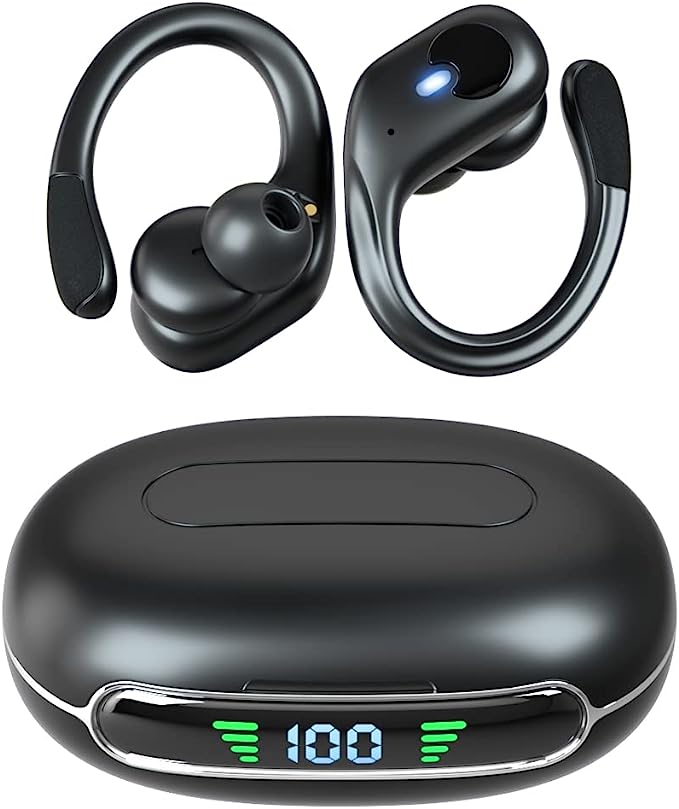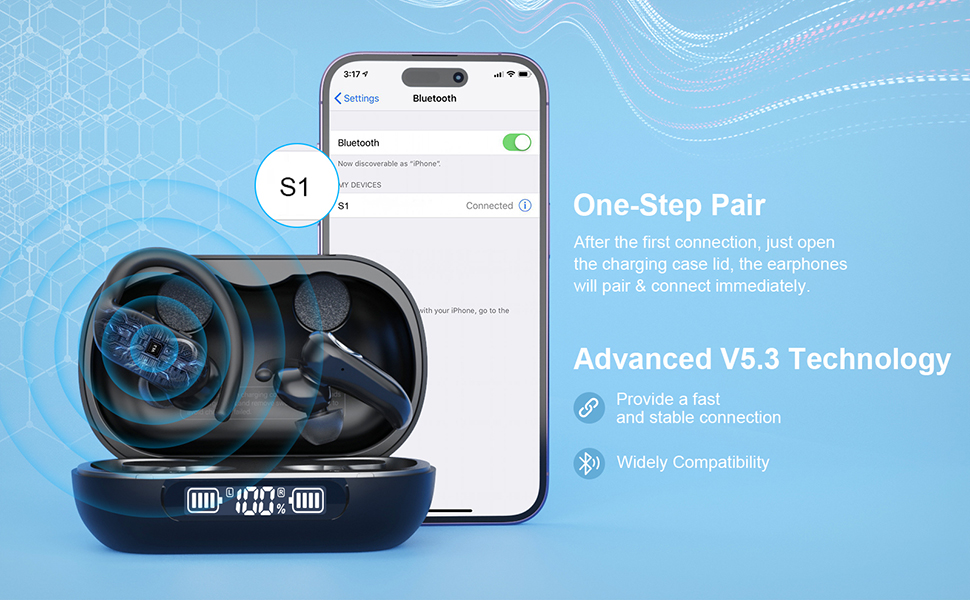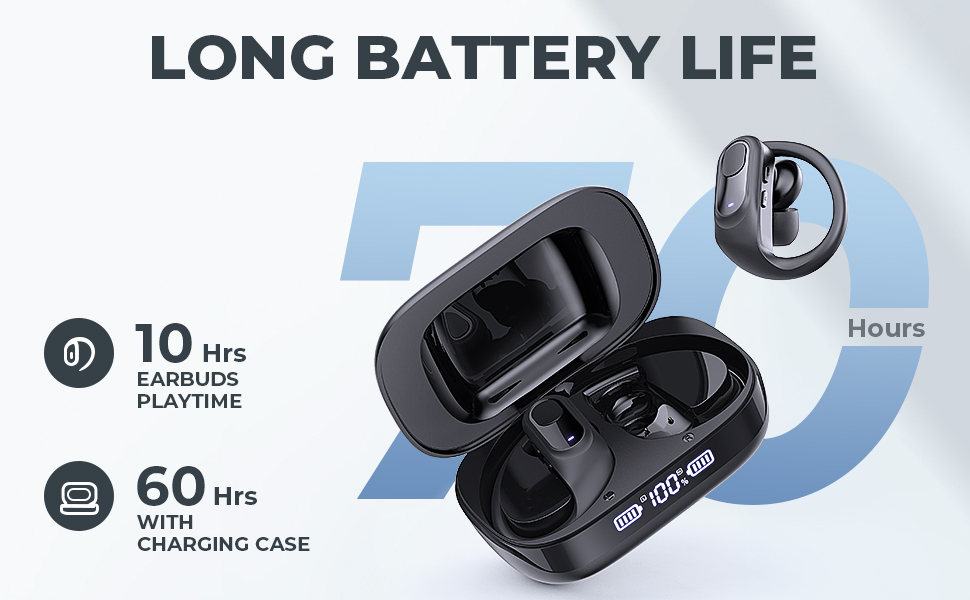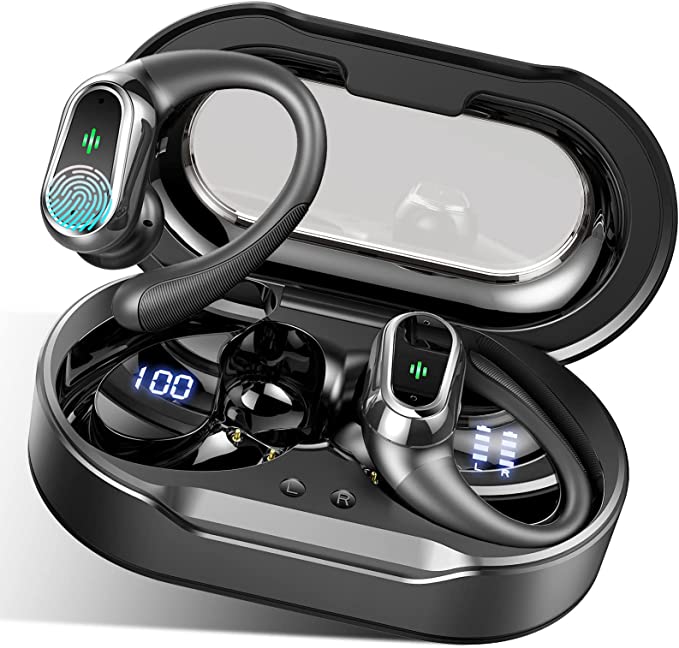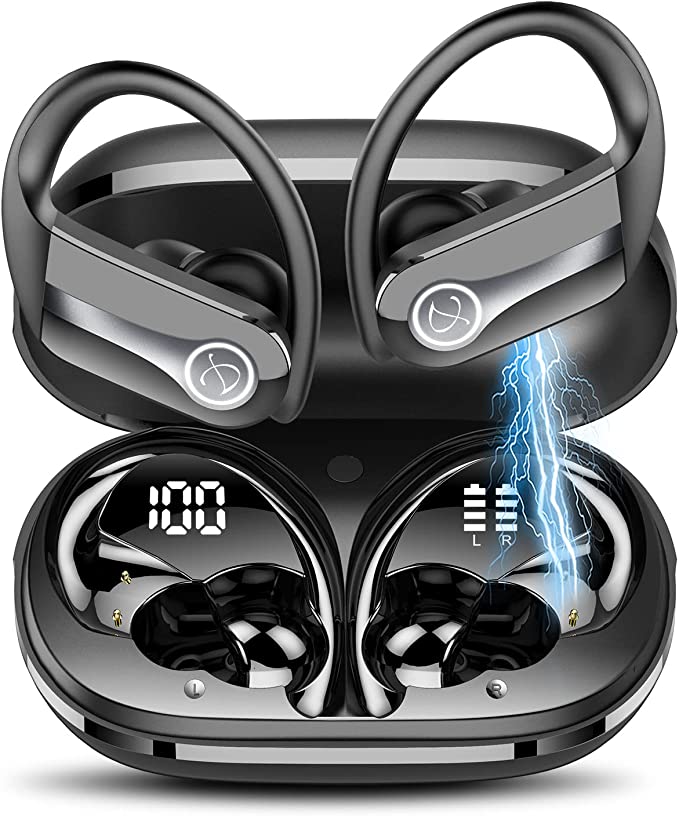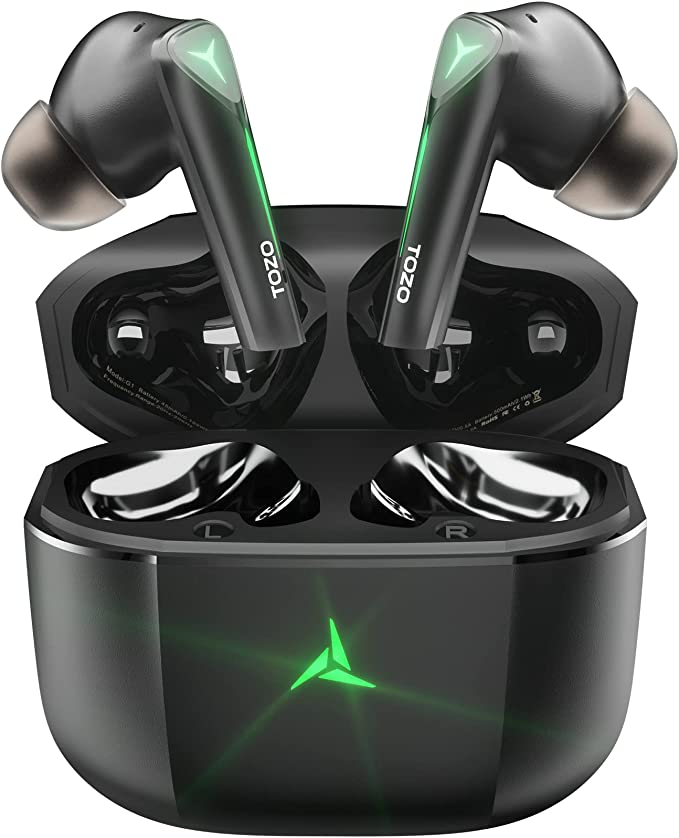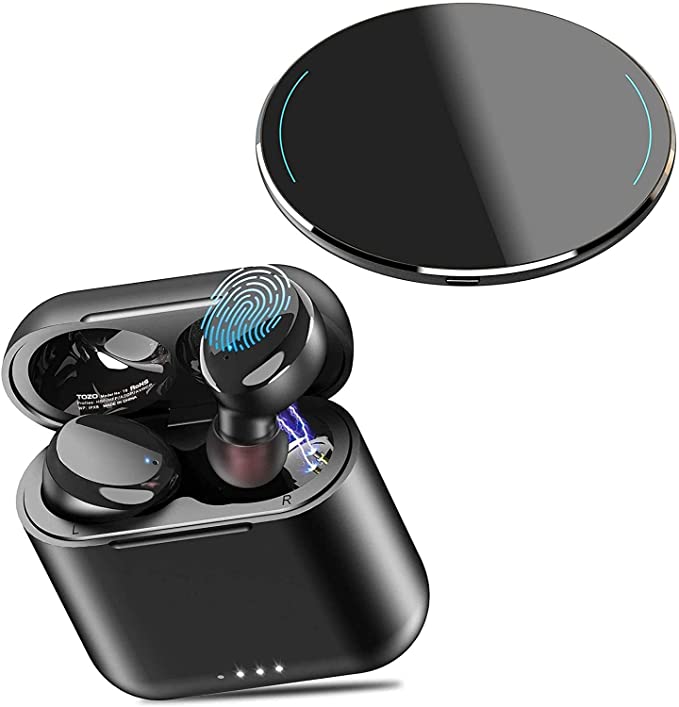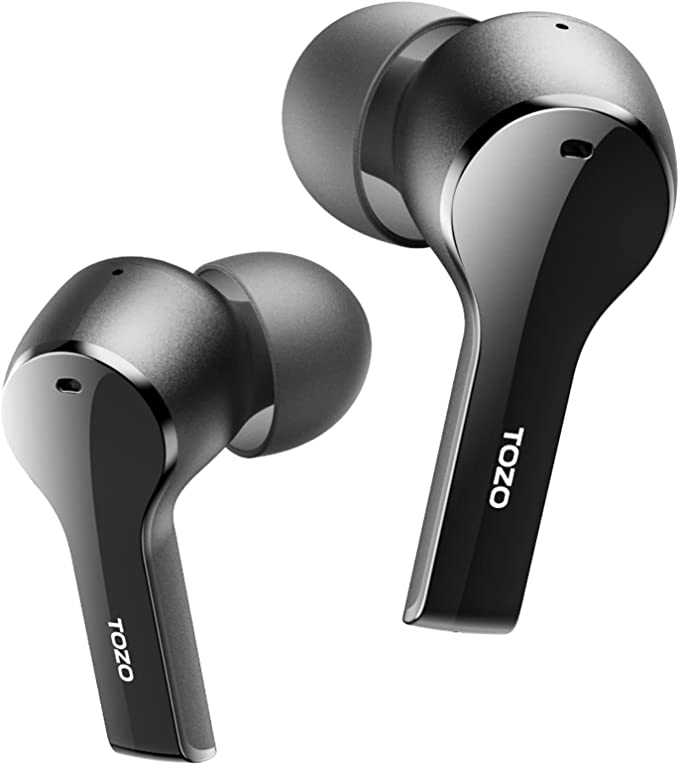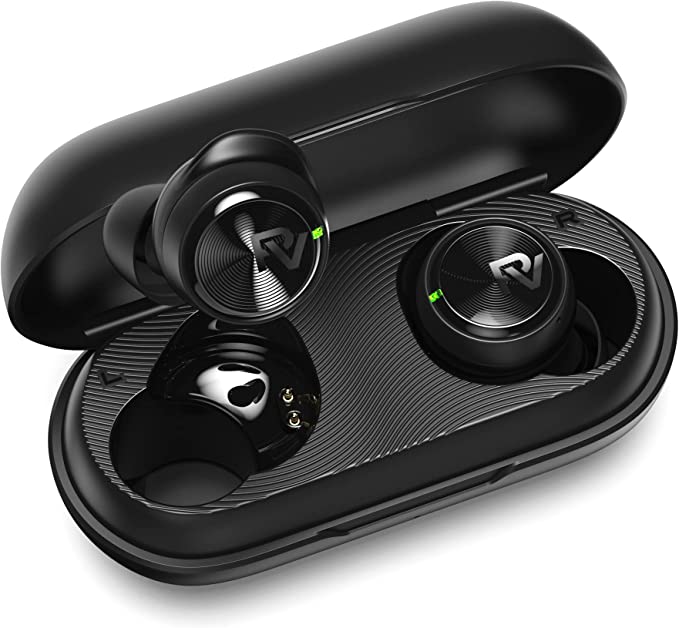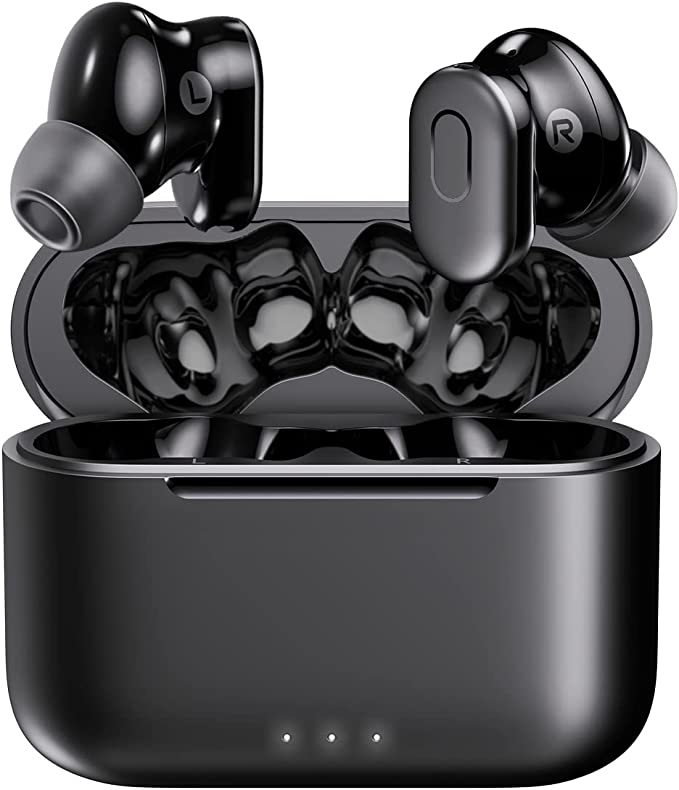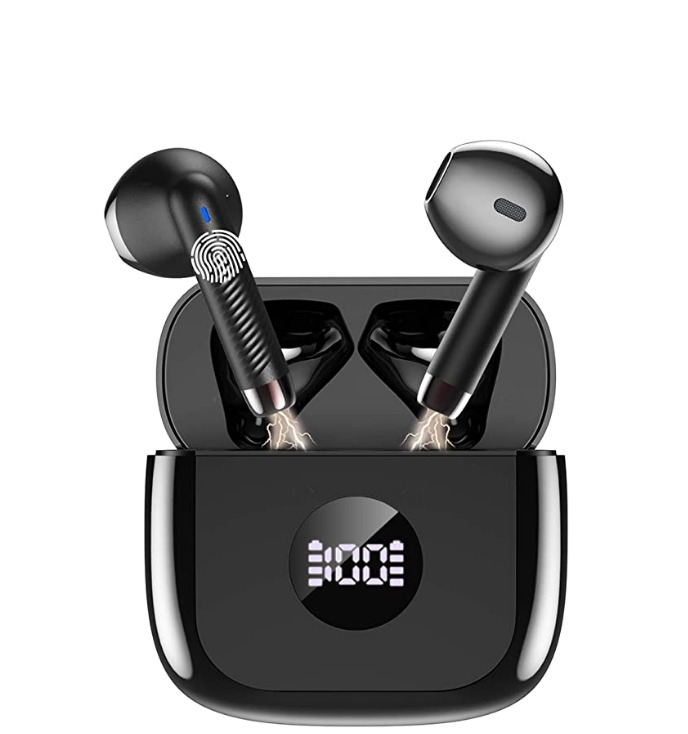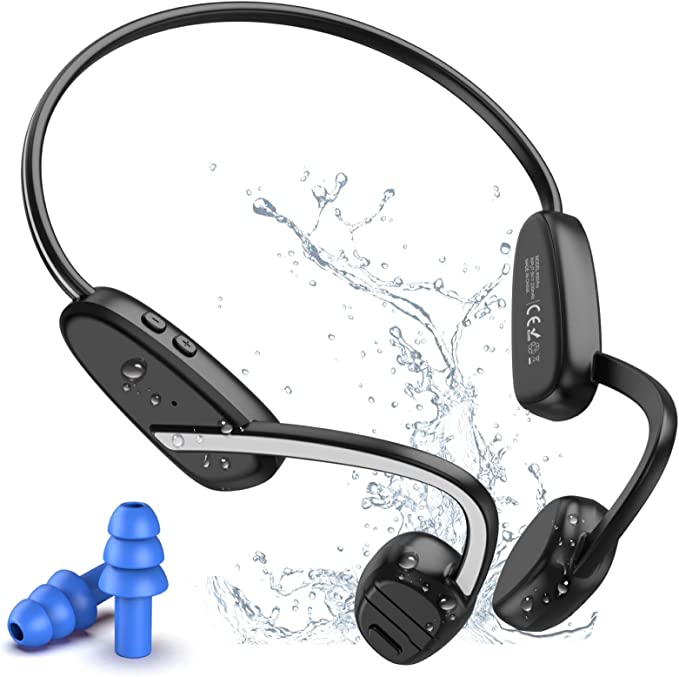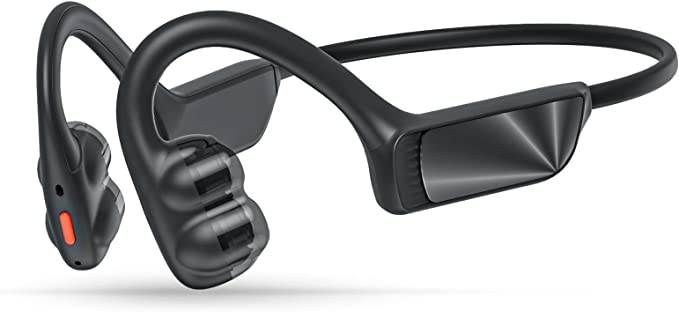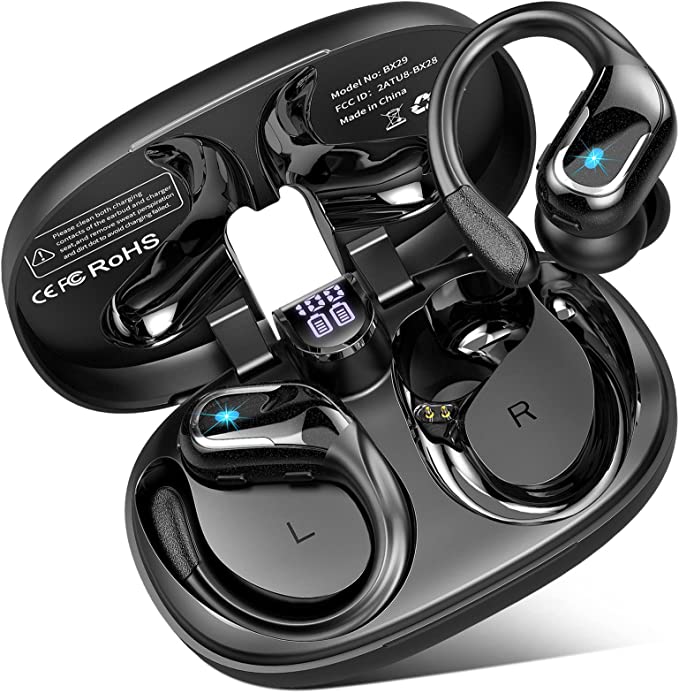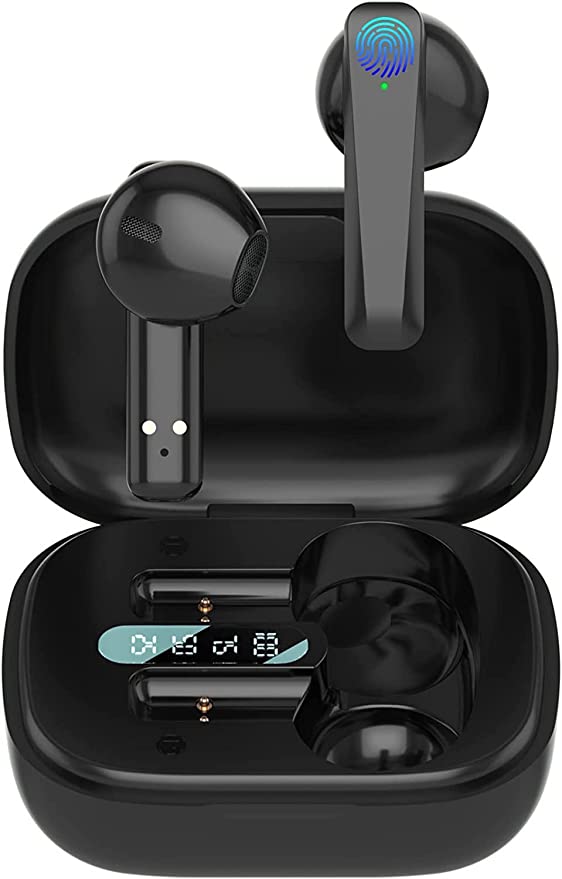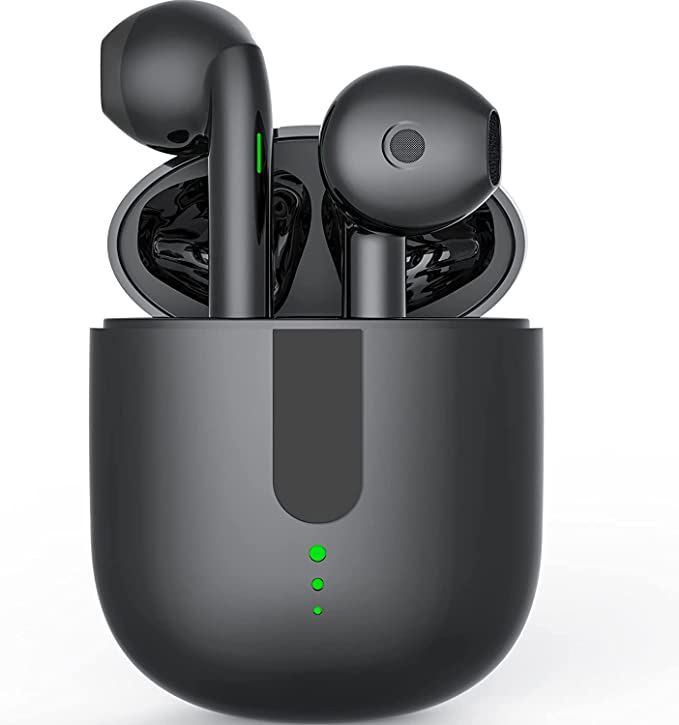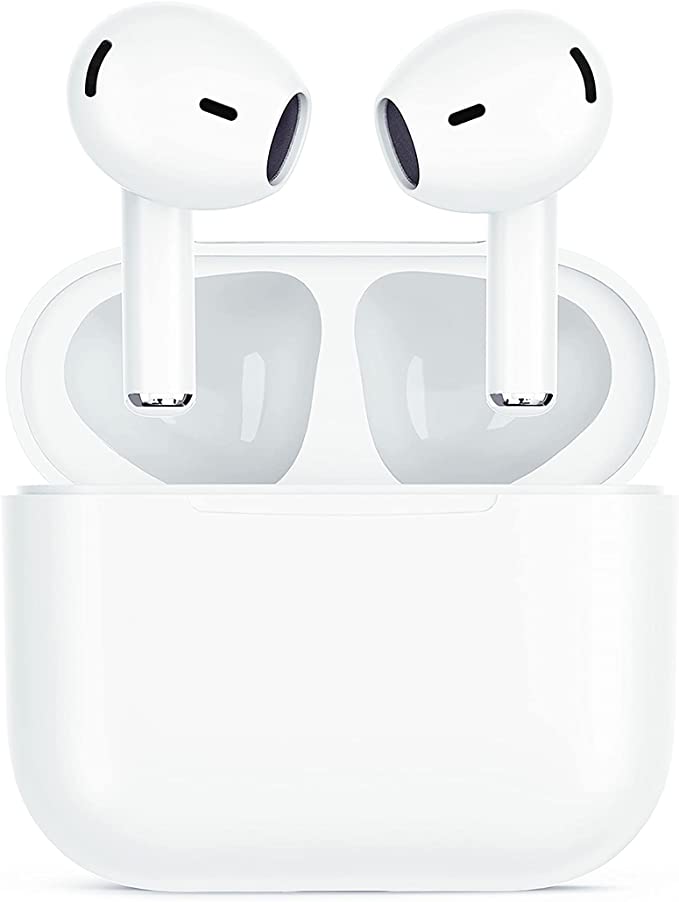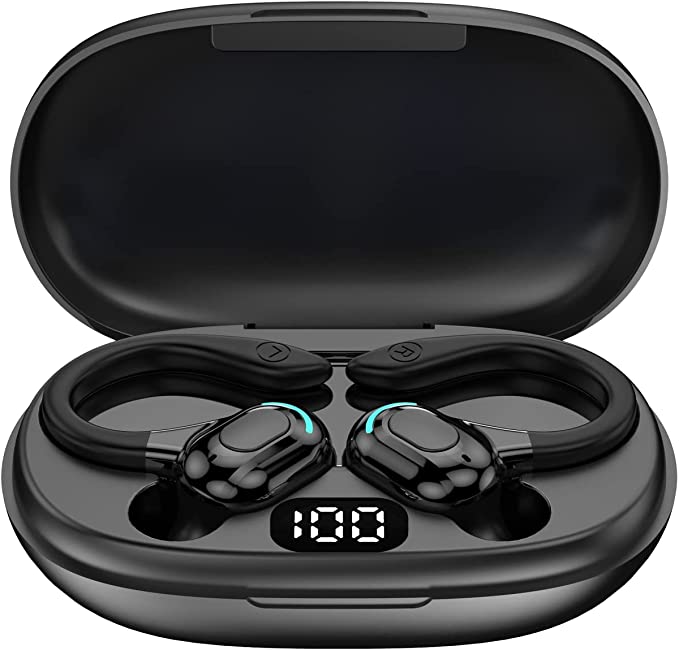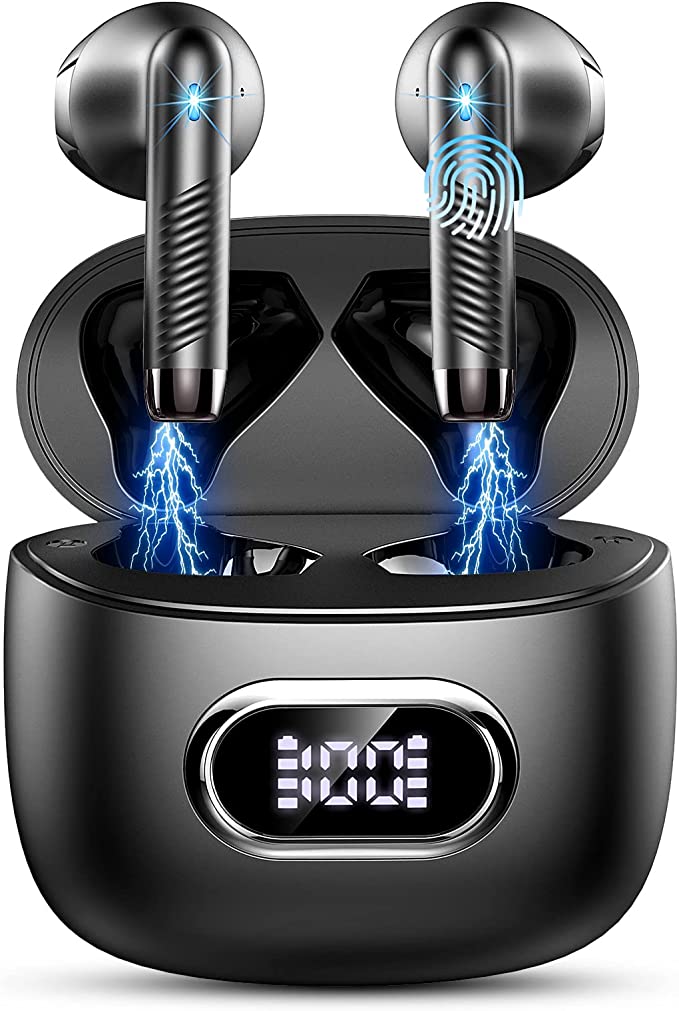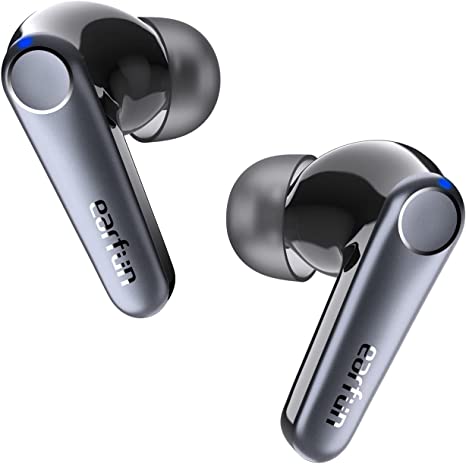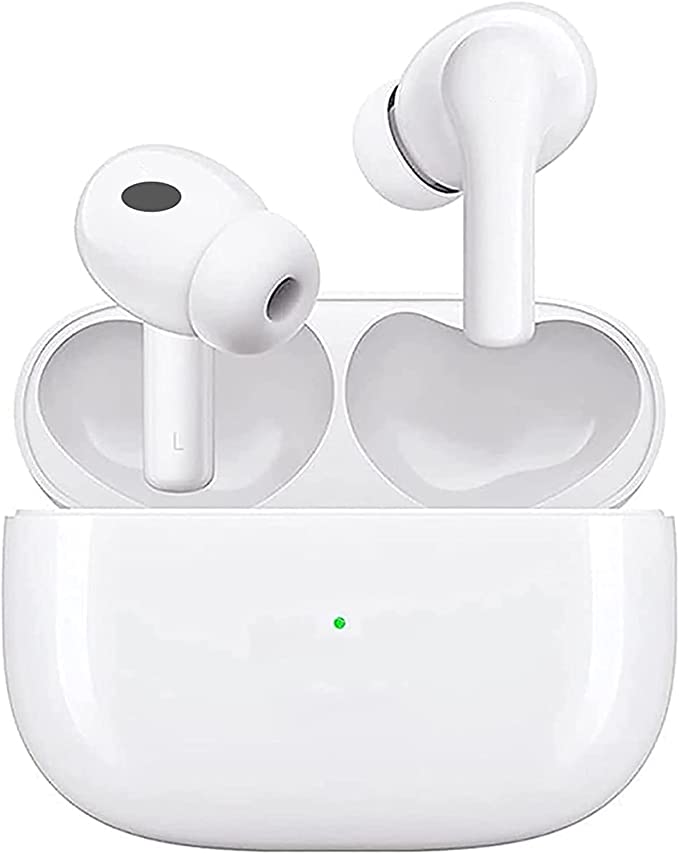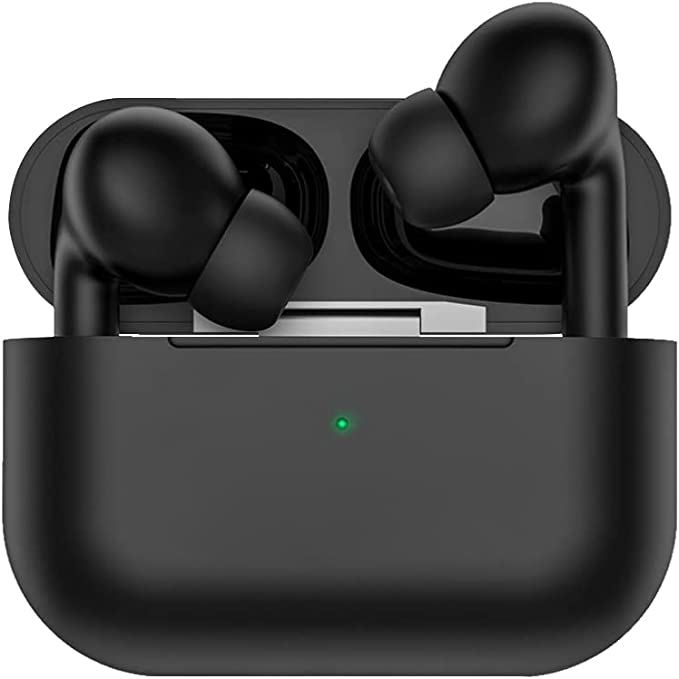The Anatomy of an 'Activity-Proof' Earbud: Decoding Fit, Battery, and Waterproofing
Update on Oct. 30, 2025, 11:18 a.m.
It’s a depressingly common story. You’re motivated, you’ve got your playlist ready, and you head out for a run. Ten minutes in, you feel it: the dreaded slow-motion slide of an earbud working its way loose before falling onto the pavement.
Or perhaps it’s the sudden, unwelcome silence in the middle of a workout, a sign your earbuds have once again succumbed to sweat.
If this sounds familiar, you’re not alone. Many of us blame our ears or bad luck. But as your guide to audio technology, I’m here to tell you it’s almost always a mismatch of design and purpose.
The sleek, minimalist buds advertised for quiet office use are often fundamentally unequipped for the dynamic, high-moisture environment of an active life. To find a pair that won’t fail you, you don’t need to spend a fortune—you need to become a smarter shopper. You need to learn the anatomy of an “activity-proof” earbud.
Let’s dissect the engineering principles that separate a reliable workout partner from a costly paperweight. To make these concepts tangible, we’ll use a common budget-friendly model, the CASCHO BX17, as our classroom case study, examining how its specific design choices directly address these common failures.
Pillar 1: The Ergonomics of Stability (Why Earhooks Aren’t Just for Show)
The single biggest complaint from active users is fit. When you’re running, jumping, or lifting, your body is in constant motion, and your ears are, too.
The Core Problem: A War of Physics
Most popular earbuds use a single point of contact: the silicone tip lodged in your ear canal. This design forces one small component to do three jobs simultaneously:
1. Bear the Weight: Hold the earbud’s entire weight (battery, driver, etc.).
2. Create a Seal: Block outside noise and deliver bass.
3. Resist Motion: Fight against gravity, sweat, and the jarring impact of your feet.
For many people, especially those with smaller ear canals, this design is destined to fail. The slightest bit of sweat breaks the seal, and gravity does the rest.
The Engineering Solution: Decoupling Stability from Audio
This is where thoughtful ergonomic design comes in. The most effective solution is to decouple the job of holding the earbud from the job of sealing the ear.
Enter the over-ear earhook.
This design, as seen on models like the CASCHO BX17, is a brilliant piece of simple physics. A soft, flexible hook loops over the top of your ear (the pinna), creating a secure anchor point.

What this actually means for you: * The hook bears 100% of the earbud’s weight. * The in-ear tip now has only one job: to sit gently in your ear canal and create the audio seal. * You can run, jump, and sweat, and the earbud remains perfectly in place.
When you’re shopping, look for “soft silica gel” hooks and “non-slip” textures, as these are details specifically designed to remain comfortable and grippy even when wet. This single feature is often the dividing line between earbuds that work for the gym and earbuds that don’t.
Pillar 2: The Power Marathon (Decoding “60Hr Playtime”)
The second point of failure is power. There’s nothing more frustrating than earbuds dying mid-session. When you see a massive number like “60-Hour Playback,” it’s crucial to understand what it’s really telling you.
That number is a combination of two different battery systems.
1. The Earbud Battery (Your “Session” Stamina)
This is the most important number for daily use. It’s the capacity of the tiny Lithium-Polymer (LiPo) batteries inside the earbuds themselves.
A few years ago, 3-4 hours was standard. Today, thanks to the efficiency of modern chips like Bluetooth 5.3, this has dramatically improved. Bluetooth 5.3 is a powerhouse of efficiency, using significantly less energy to maintain a stable connection, which directly translates to longer playback from the same size battery.
For our case study, the BX17 claims 10 hours of listening time on a single charge. This is your “session” length. It means you can take a cross-country flight, run a full marathon, or get through an entire workday without ever putting them back in the case.
2. The Case Battery (Your “On-the-Go” Autonomy)
This is the second, larger battery housed within the charging case. Its job is to be a “mother ship” or a portable power bank.
The CASCHO BX17 case, for example, has a 650mAh (milliampere-hour) battery. This case holds enough energy to provide approximately 5 additional full charges to the earbuds (5 recharges x 10 hours/charge = 50 hours).
So, the “60-Hour” total is 10 hours (in the buds) + 50 hours (in the case).
The Mentor’s Advice: Don’t be only dazzled by the big total. First, look at the single-charge playtime. Does it cover your longest typical session (a long run, a flight, a day of calls)? If yes, then look at the case capacity. A large case battery simply means you have the freedom to travel for a week without ever plugging the case itself into a wall.

A feature like the LED digital display on the BX17 case isn’t just a gimmick. It’s a practical tool that eliminates “battery anxiety”—the fear of grabbing your case only to find it’s also dead.
Pillar 3: The Waterproof Myth (What IPX7 Really Means)
This is the most misunderstood specification in consumer electronics. “Waterproof” is a marketing term. “IPX7” is an engineering standard. Let’s learn to read the code.
IP stands for Ingress Protection. It’s a rating system that defines how well a device is sealed against contaminants.
- The first digit (or ‘X’) rates protection against solids (like dust). The ‘X’ in IPX7 simply means it wasn’t tested for this, or the manufacturer is choosing not to report it.
- The second digit (or ‘7’) rates protection against liquids (water). This is the one we care about.
The “7” in IPX7 has a very specific definition:
The device is protected against the effects of temporary immersion in water at a depth of up to 1 meter (3.3 feet) for 30 minutes.
What IPX7 Is… and What It Isn’t
- It IS a fantastic shield against sweat, rain, and accidental splashes. The “rigid seam design” mentioned in the BX17’s specs refers to the precise engineering of the casing and internal gaskets to create a seal that stops the corrosive salt and moisture from your sweat from ever reaching the electronics. This is the true value for an athlete.
- It IS NOT permission to go swimming or showering. The product’s own FAQ correctly confirms this. Why?
- Pressure: The spray from a showerhead can create a jet of water with more force than 1 meter of static immersion.
- Heat & Steam: Hot showers can cause air inside the earbuds to expand, potentially compromising the seals over time.
- Bluetooth: Bluetooth signals do not travel well underwater, so they wouldn’t work for swimming anyway.
When you see IPX7 on a pair of earbuds, don’t think “scuba diving.” Think “indestructible sweat-proof and rain-proof”–which is exactly what an active user needs.

Pillar 4: The Heart of the Sound (A Lesson on Graphene)
Finally, let’s talk about sound. The heart of any speaker, from a giant concert sub to a tiny earbud, is the diaphragm (or “driver”). This is a thin membrane that vibrates to push air and create sound waves.
The Old Way vs. The New Way
For decades, budget earbud diaphragms were made of a simple, cheap plastic like Mylar. The problem? It’s a bit “floppy.” When it tries to vibrate very fast (for high notes) or move powerfully (for bass), it can deform or “wobble,” leading to a muddy, indistinct sound or distortion at high volumes.
The “Wonder Material” Solution
This is where advanced materials science steps in. The CASCHO BX17, for instance, uses 13.4mm graphene diaphragms.
What is graphene? It’s a Nobel Prize-winning “wonder material.” It’s a single, one-atom-thick layer of carbon arranged in a honeycomb lattice. Its properties are almost unbelievable: it’s hundreds of times stronger than steel, yet incredibly lightweight and stiff.
Why this matters for sound:
Think of a drum skin. A loose, heavy skin makes a low, muddy “thud.” A tight, light skin makes a crisp, responsive “snap.”
Graphene’s exceptional stiffness-
